/

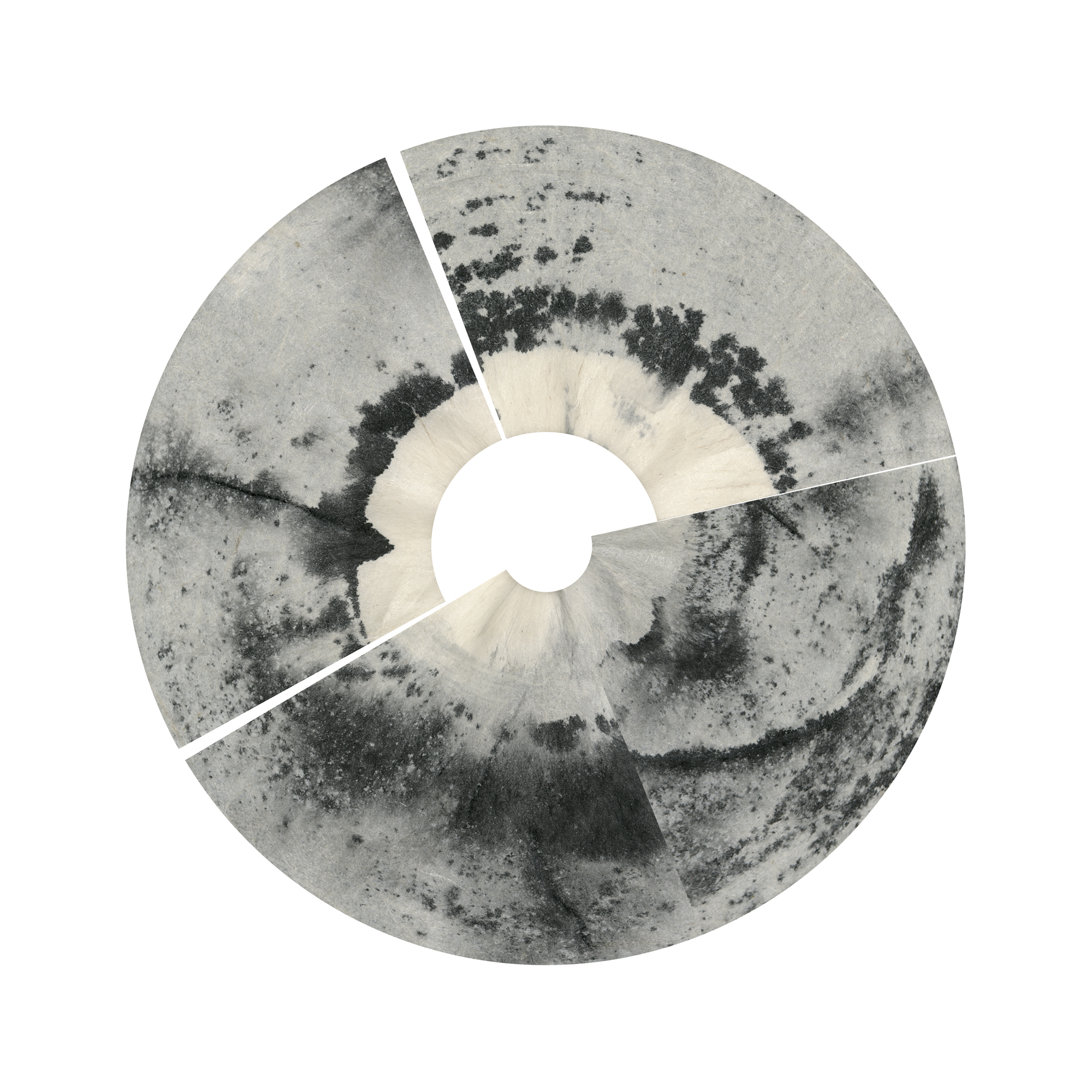
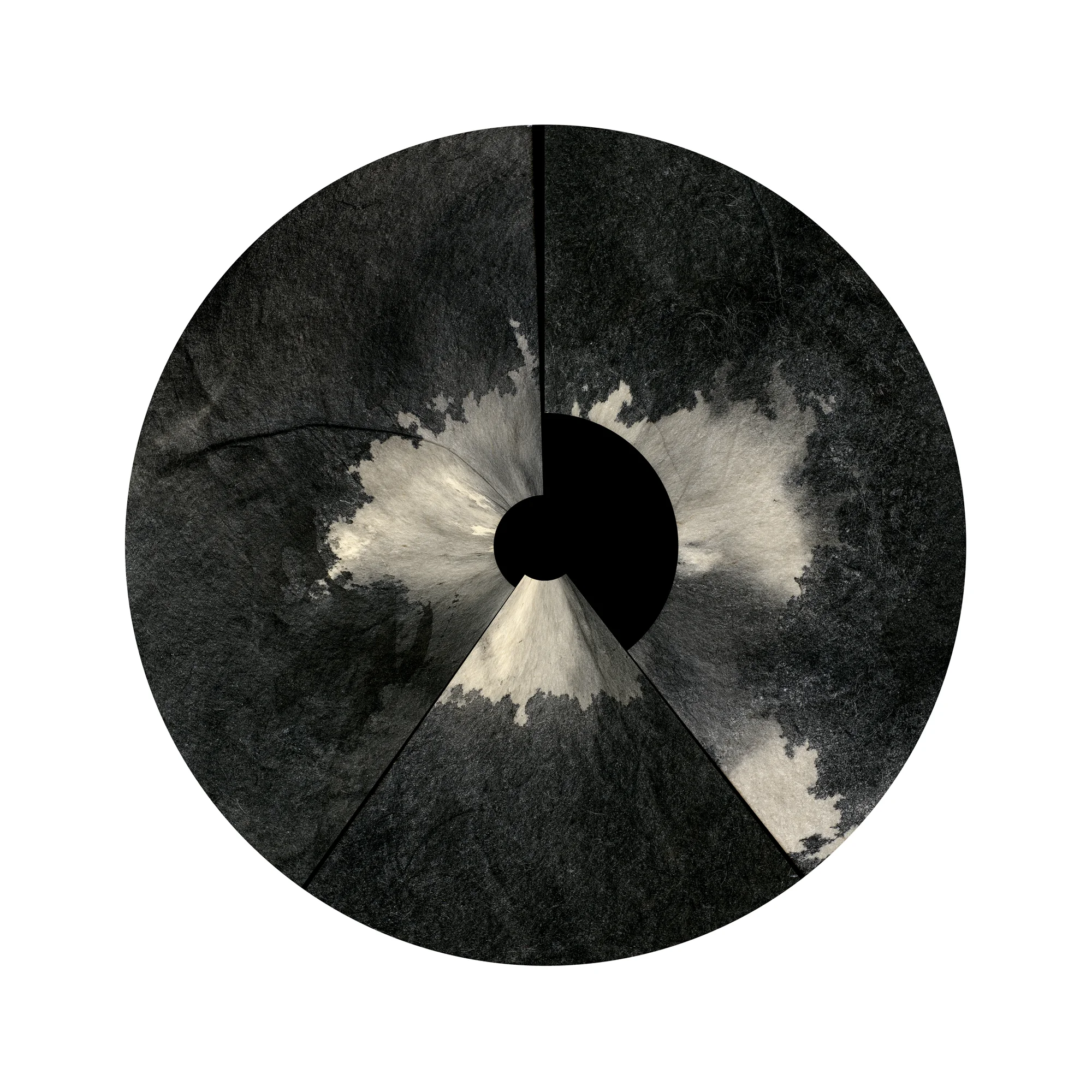

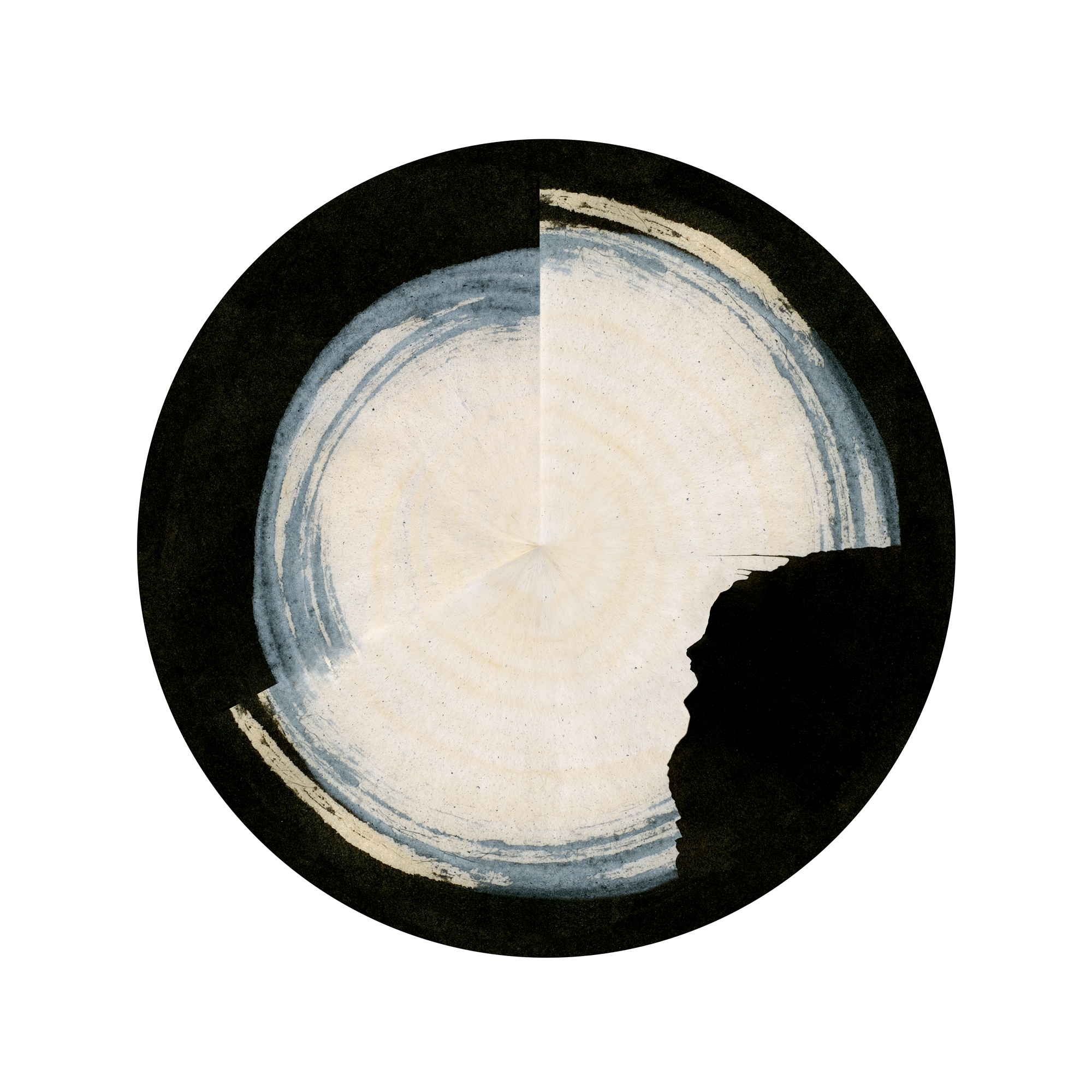
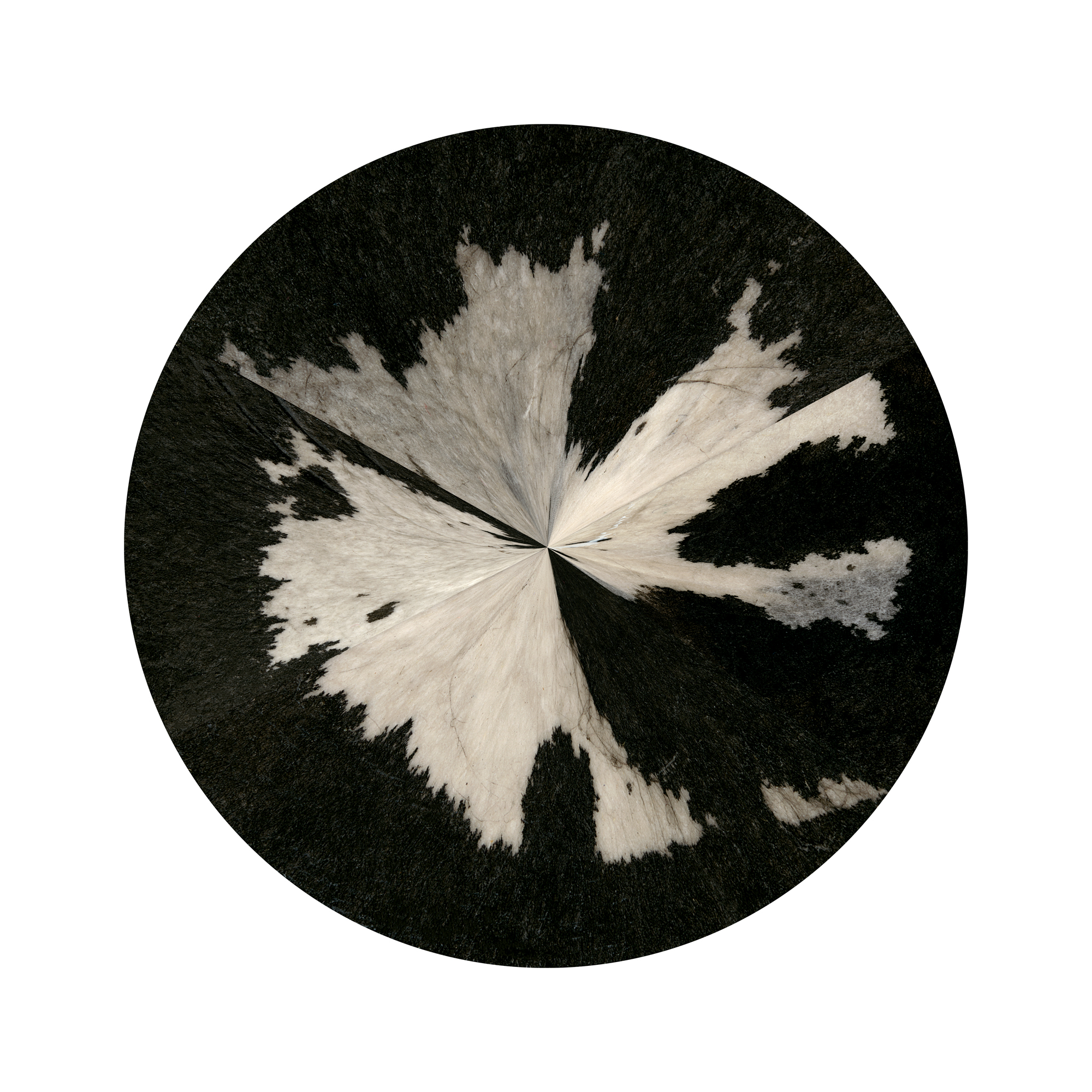
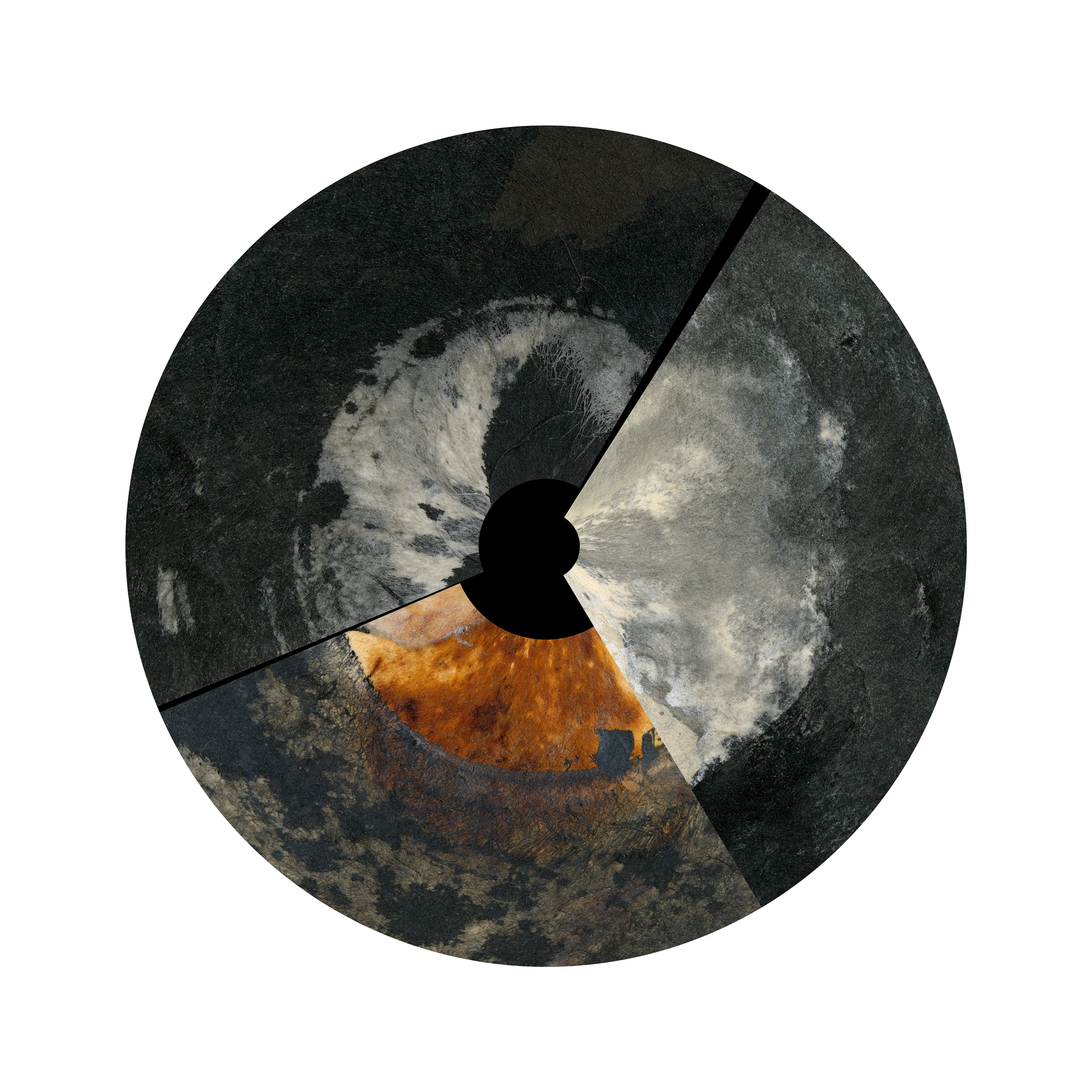
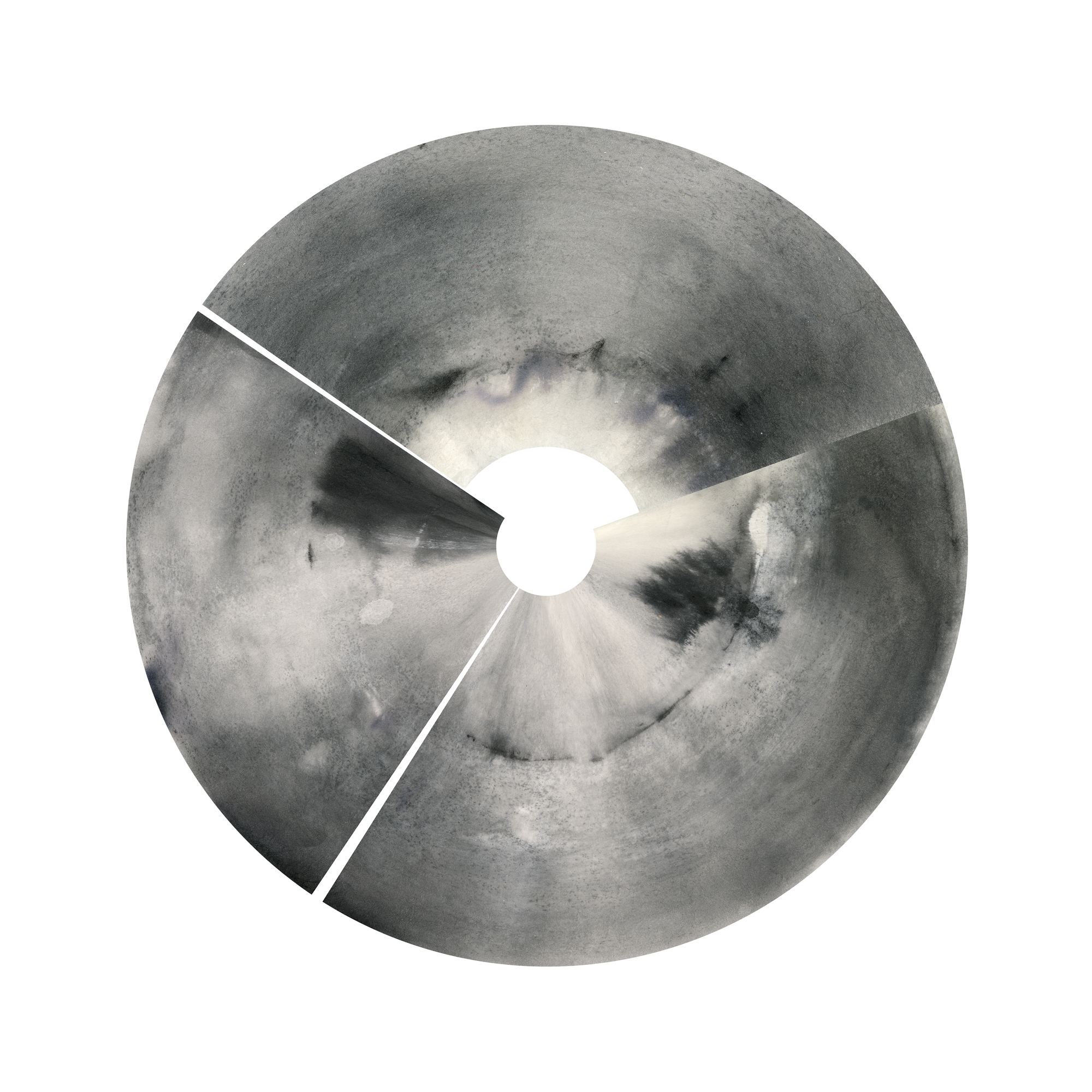
emcmahon@email.arizona.edu
22” x 22” Archival Prints
In “Time and Place” I reference past scientific representations of the natural world because they reveal both our efforts and our limitations in understanding ourselves and our surroundings. These images are influenced by radar of the surface of Venus taken by the Magellan orbiter in the 1990s. Because of the limitations of the equipment, strips of incomplete imagery were mosaicked to create a map of the planet. “Time and Place” also reflects the frailty of time and the power of place that I felt when I returned to remote sites in the desert where I had worked as field biologist in my early 20s. As I—transformed by 40 years of human time—stood alone among the bubbling mud pots, white-rimmed mineral ponds, and slimy green watering holes of my past, how could they have remained so unchanged?
22” x 22” Archival Prints
In “Time and Place” I reference past scientific representations of the natural world because they reveal both our efforts and our limitations in understanding ourselves and our surroundings. These images are influenced by radar of the surface of Venus taken by the Magellan orbiter in the 1990s. Because of the limitations of the equipment, strips of incomplete imagery were mosaicked to create a map of the planet. “Time and Place” also reflects the frailty of time and the power of place that I felt when I returned to remote sites in the desert where I had worked as field biologist in my early 20s. As I—transformed by 40 years of human time—stood alone among the bubbling mud pots, white-rimmed mineral ponds, and slimy green watering holes of my past, how could they have remained so unchanged?